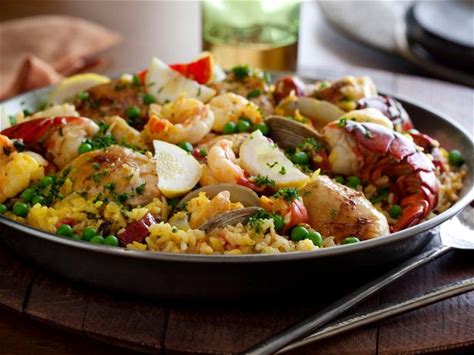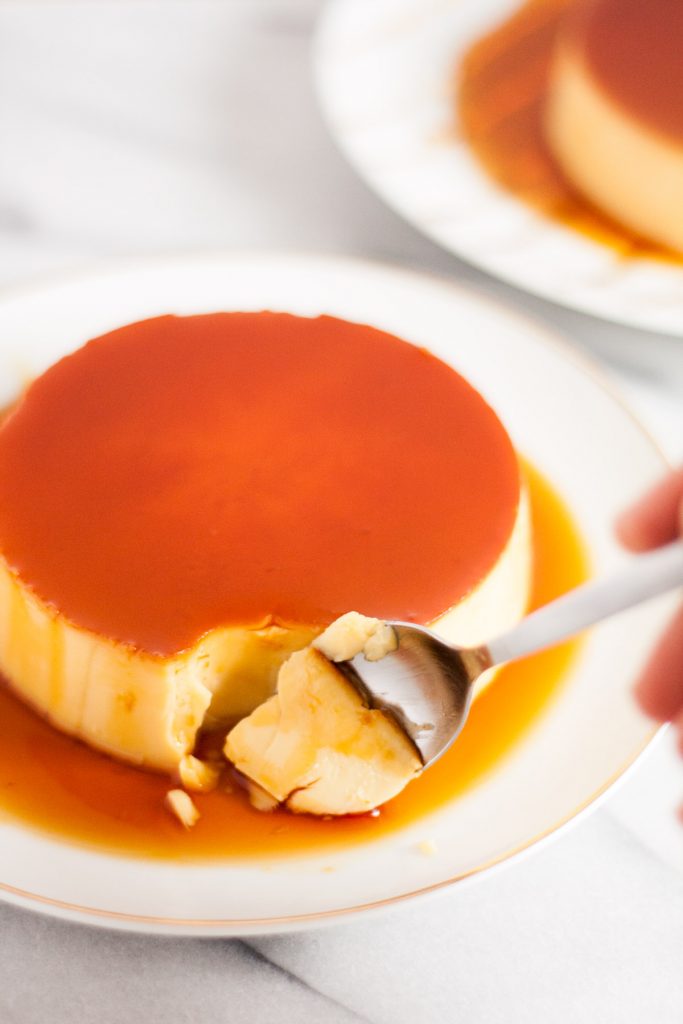-
Rabo de Toro
Rabo de Toro (Bull’s Tail or Oxtail Stew)
Serves 4 — Needs 3-4 hours of long, slow cooking
- 3-4 lbs of Oxtail (beef short ribs, or stewing beef)
- 3 large Carrots, sliced
- 1 large Onion, diced
- 1 Red Pepper, diced
- 1 good-sized Leek, diced
- 2-3 Ripe Tomatoes, diced (or use canned)
- 4 cloves Garlic
- 2 cups Beef Stock
- 3 cups good Red Wine
- 2 Bay Leaves
- 2 Cloves
- 1 tsp Paprika
- Salt & Pepper to season
- Flour to coat
- Olive Oil
- Heat a good splash of Olive Oil in a heavy pan (cast iron is good)
- Season Oxtail with Salt and Pepper, and lightly coat in flour
- Sear on all sides over a medium heat (about 30 seconds each side) till golden brown.
- Remove meat and set aside to rest.
- Add Leek, Onion, Garlic, Red Pepper and Tomatoes to pan (add more Olive Oil if needed) and saute about 10 minutes.
- Add Carrots, Bay Leaves, Paprika and Cloves – saute 1 minute more
- Return Oxtail to pan and pour in Wine and Stock – liquid should totally cover the meat
- Bring to a boil then reduce to a simmer – cover and continue to cook on low for 3-3½ hours, checking periodically to prevent scorching. Casserole can be baked in a 250C oven instead, or in a Pressure Cooker, with time adjusted. Meat should be tender – almost falling off the bone.
- Carefully remove meat (also the Cloves and Bay Leaves). If there is too much fat, skim off, then puree the sauce with a hand blender and adjust flavouring.
- Serve over Rice, Mashed Potatoes … or as in Spain over Roasted Potatoes.
- Flavour is even better the next day. Freezes well.

-
Paella a la Valenciana
The word Paella refers to the round, shallow metal pan the dish is cooked in … the all-important question is, what should go into an authentic paella? As you can imagine, this seldom brings two answers the same. The original paella came from the shores of the Albufera river near Valencia and consisted of beans, snails and eels along with rice, olive oil and water. What locals of the time had in plentiful supply. Today, Valencians will throw up their hands in horror at the Barcelonan style of paella – which contains almost every kind of meat, fish, shellfish, sausage and vegetable – and remain steadfast in their principle that simplicity is best. They consider red pepper overpowering and wouldn’t dream of mixing chicken and fish!
The recipe below is somewhat of a compromise, but feel free to add whatever ingredients you have to hand … after all, that was the true origin of paella.
PAELLA VALENCIANA – servings 4-6
- 4-6 chicken thighs
- small section of Chorizo sliced (other sausage or ham is fine too)
- 1/3 cup olive oil
- 1 medium tomato, peeled, deseeded and chopped (or canned diced with liquid removed)
- 2 cloves Garlic, minced or grated
- 1-2 tsp of Paprika (I add a little smoked Paprika as well)
- 1 cup Green Beans, chopped
- 1/2 cup of Red Pepper, diced
- 1/2 cup Peas
- 2 cups Rice (short grain is traditional, although long grain is quite acceptable)
- 4 cups of boiling water or stock with a good pinch of Saffrom
- 12 large Prawns (cooked or raw) you could use Mussels or Clams
- Salt and Pepper to taste
Using a large frying pan, season chicken with salt and pepper and fry briskly in olive oil over a moderately high heat till browned. Add the tomato, garlic, beans, peas and sausage. When this has browned a little reduce heat to medium and add the rice and paprika, mixing well. Continue to fry while water/stock comes to a boil. Add hot liquid to rice mixture and stir briefly to mix (don’t overmix or rice will become sticky). Adjust seasoning and cook on high for about 5 minutes (careful not to burn). Arrange prawns or shellfish on top. Cover with a lid and turn heat way down – I actually turn the heat off), and allow to cook slowly for 12-15 minutes. If the rice has not absorbed all the liquid at this stage you can remove the lid and briefly turn the heat on just a touch. Do not be tempted to stir, or the rice will turn mushy.
Let rest 3-4 minutes before serving.

-
The Classic – Flan
After 8 weeks in Spain, this simple, but delectable dessert, eluded us. Every restaurant inquiry brought the same response – Lo Siento, no. There were stacks of manufactured versions available in every supermarket with flavours ranging from chocolate, coffee, orange and plain … and some were quite good … BUT these were not the quality I remember (or make at home). So here is the recipe I use – simple, easy (as long as you get the caramel right) and delicious.
6-8 Servings (depending on size of dishes) – Salmon Canning Jars or small heat-proof dishes, greased
- 2/3 cup of Sugar (for caramel)
- 1 cup Sugar (for custard)
- 4 cups whole Milk
- 4 large Eggs – room temperature
- 1 cinnamon stick broken in pieces
- 1 large piece of fresh orange peel
Preheat oven to 375C.
Simmer milk slowly for 10 minutes with 1 cup sugar, orange peel, and cinnamon stick – do not boil. Meanwhile make the caramel by melting 2/3 cup of sugar in a small, heavy-bottomed saucepan over a medium-low heat. Watch constantly and shake pan back and forth so that sugar turns an even medium brown colour as it melts, but doesn’t burn. IMMEDIATELY pour a little caramel into each dish — don’t worry if it doesn’t cover the bottoms entirely – it will during baking.
Let milk cool for a few minutes before straining into gently beaten eggs – STIR constantly while adding to prevent ‘cooking’ the eggs. Blend well and re-strain to remove any solid ‘eggy-bits’. Carefully pour mixture into dishes and remove any air bubbles.
Place filled molds into a large pan of cool water — water should cover the bottom 2/3 of molds. Loosely cover with a sheet of foil and bake in centre of oven for 30-45 mins or until done — custard should jiggle like a jelly. If water starts to boil, but the custards are not cooked, just add a little more cold water.
Carefully remove custards and allow to cool to room temperature before chilling in the fridge. To unmold, gently run a knife around the sides of the custard, place a plate over the dish and quickly invert. Give a good, hard downward shake, until you hear it loosen and you’ll see all that luscious sauce as you gently lift the dish. There may be be a layer of hardened caramel left behind – but just soak in wash water – it will dissolve. Custards can be served with a dollop of whipped cream . . . but they are perfect as is.
Other flavours:
Orange & Lemon – remove cinnamon and add peel from half an orange and half a lemon
Vanilla – omit cinnamon stick. Add vanilla bean broken in pieces or a tsp of essence.
Rum – replace cinnamon and peel with 3 tblsp of Rum and half a vanilla bean.
Coffee – omit cinnamon and peel, and replace with 3 tblsp of strong espresso coffee.
